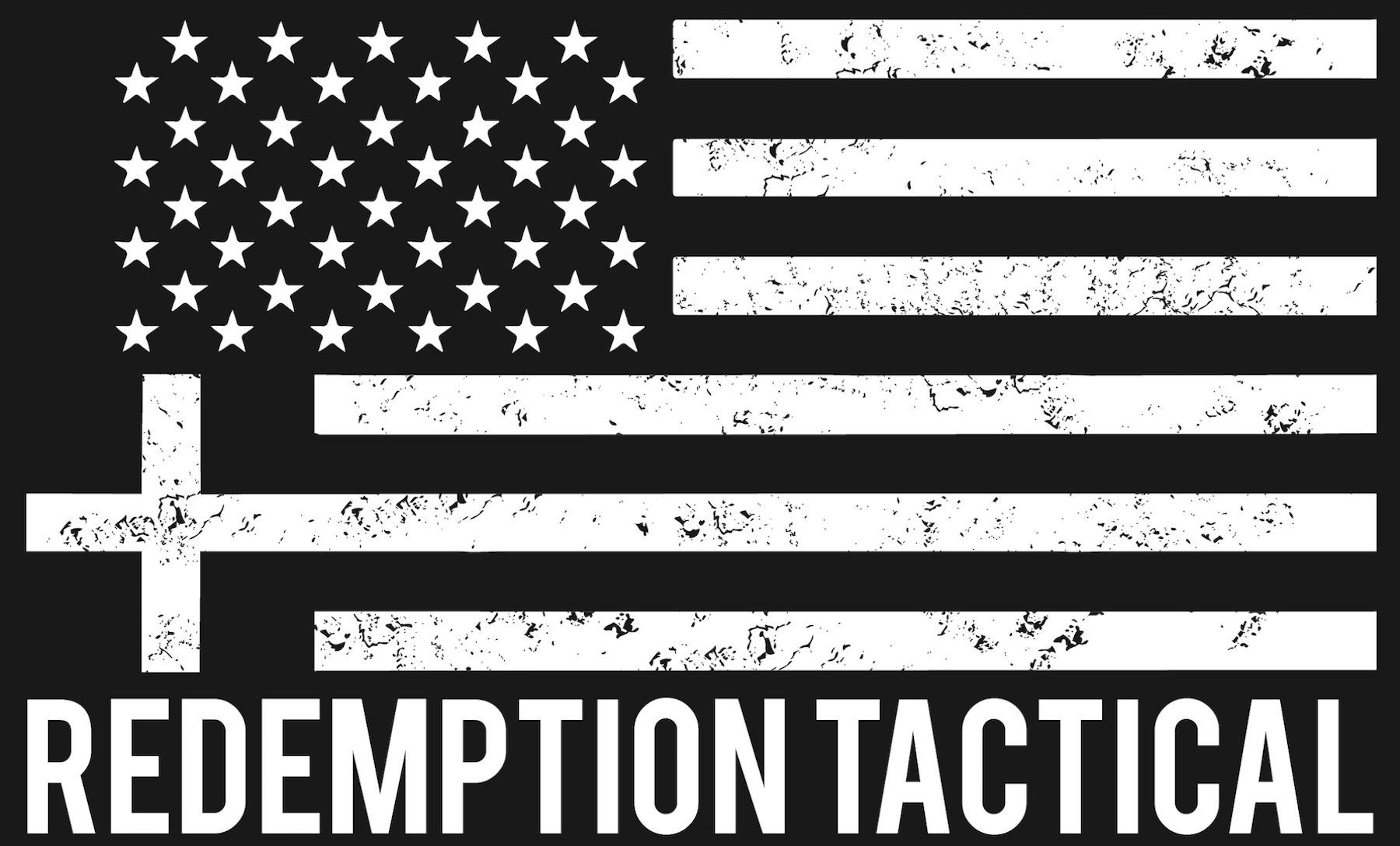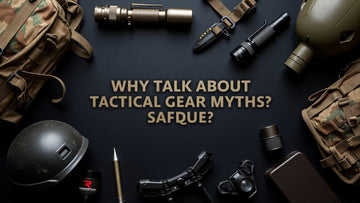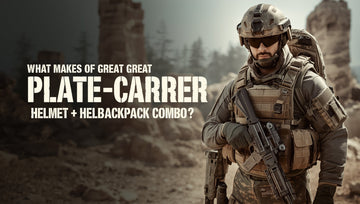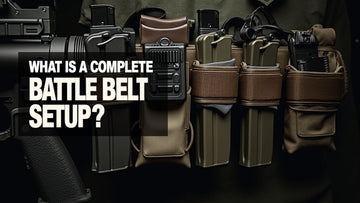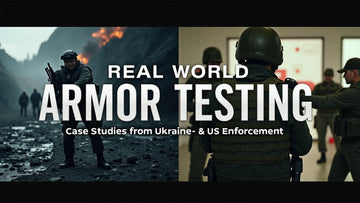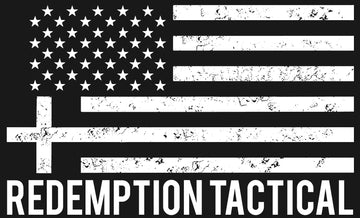The National Institute of Justice (NIJ) sets the official standard for ballistic armor in the U.S., governing levels IIA through IV. As the benchmark, NIJ protection levels define what threats (from 9 mm FMJ to .30‑06 armor‑piercing) each armor type can resist. Under NIJ standard 0101.06, updated in 2008, there are five levels: IIA, II, IIIA (all soft armor), plus III and IV (hard plates) en.wikipedia.org+10ojp.gov+10hwinbulletproof.com+10en.wikipedia.org+4hwinbulletproof.com+4mirasafety.com+4en.wikipedia.org+1mirasafety.com+1sarkartactical.com+4mirasafety.com+4ojp.gov+4pivotalbodyarmor.com+1hwinbulletproof.com+1mirasafety.com+5premierbodyarmor.com+5bulletproofzone.com+5bulletproofzone.com+1steamcommunity.com+1ojp.gov+1hwinbulletproof.com+1. This “Complete Guide to NIJ Protection Levels IIA–IV” will detail each level—what bullets they stop, test velocities, weight/material trade-offs, and how to choose the right plating system based on your risk profile. We’ll also touch on updates from the upcoming 0101.07 revision, care tips, and tackle FAQs.
NIJ Level IIA Explained
NIJ Level IIA is the lowest rated ballistic protection level under the NIJ 0101.06 standard. It’s engineered to stop 9mm full metal jacket (FMJ) rounds at approximately 1,090 ft/s and .40 S&W FMJ rounds at similar velocities. It’s commonly used in soft body armor vests, preferred in low-risk duty or concealed carry environments.
This level is not suitable for high-velocity threats or any rifle rounds. Its primary strength lies in wearability. Level IIA armor is thinner and lighter than other levels, often under 4mm thick. For those prioritizing comfort, it has a clear use case.
It reduced fatigue during 12-hour shifts. Heat retention was lower, which helped in warmer climates. Some officers choose IIA for daily duty. Others use it as an inner layer beneath external hard plates. The trade-off is always the same: less bulk, less protection.
Testing under NIJ standards involves both new and conditioned armor. Level IIA panels must stop specified rounds without exceeding 44mm of backface signature. It must pass under both wet and dry testing conditions.
Compared to Level II and IIIA, IIA armor is the easiest to wear discreetly. It hides under most civilian clothing. That makes it popular among private investigators, security personnel, and detectives in plainclothes roles.
But IIA is not widely used in 2025. Most manufacturers now focus on Level II or IIIA products. Demand for IIA has shrunk as newer materials allow higher protection without extreme weight increases.
If your risk assessment calls for concealment and flexibility over stopping power, Level IIA remains a viable option. But it should be chosen with clarity about its limits.
In short: know your threat environment, your mission, and your comfort threshold. Don’t choose IIA because it’s lighter. Choose it because it fits a defined role.
NIJ Level II & IIIA Compared
Level II and IIIA sit above IIA in the NIJ protection scale. Both are rated for handgun rounds but differ in velocity and energy thresholds.
Level II armor is tested against 9mm FMJ at ~1,175 ft/s and .357 Magnum JSP at ~1,395 ft/s. It offers more resistance than IIA but remains relatively light and flexible. It's often found in patrol vests or trauma kits.
Level IIIA is rated for .357 SIG FMJ FN at ~1,470 ft/s and .44 Magnum SJHP at ~1,430 ft/s. It’s the highest-rated soft armor level and stops nearly all handgun threats. It does not stop rifle fire.
In my field time, Level II was common in mid-size departments. It gave more confidence than IIA but was still wearable for long shifts. Level IIIA became standard in high-threat assignments, like serving warrants or undercover work.
Weight is one of the big trade-offs. Level IIIA is heavier and stiffer than II. In warm conditions or confined spaces, that matters. Still, many accept it for the added protection.
Backface deformation limits apply to both. They must not exceed 44mm in any tested condition. That means less blunt trauma risk, but only within handgun calibers.
Where II is better for movement, IIIA wins on survivability. If you're worried about powerful revolvers or subguns, IIIA is the clear line.
Armor makers now tend to skip Level II and push IIIA for all soft vest applications. The technology has improved. Kevlar and UHMWPE allow for thin, flexible IIIA panels that don’t weigh much more than older Level II.
For layered protection, IIIA also pairs well under hard rifle plates. I’ve run setups with IIIA panels behind Level IV ceramics for double-impact defense.
If your threat level involves serious handguns or unknown weaponry, go with IIIA. If weight and bulk limit you—and the job supports it—Level II still has purpose.
NIJ Level III – Rifle Protection
Level III is the start of rifle-rated armor. Under NIJ 0101.06, it must stop six rounds of 7.62x51mm NATO FMJ (M80 ball) at ~2,780 ft/s. That’s a serious benchmark. Any plate that fails even one shot gets disqualified.
This level introduces hard armor. Unlike soft Kevlar, Level III plates use materials like steel, ceramic composites, or polyethylene.
Steel plates resist multiple hits, but they’re heavy and may cause spalling—where bullet fragments deflect off and cause injury. Ceramic plates weigh less, stop single shots better, but may crack under repeated impact. Poly plates are light but often thicker.
. It allowed for mobility but covered rifle threats. After a 14-hour shift in 90-degree weather, the choice between ceramic and steel became personal.Many Level III plates today exceed the minimum. They’re rated for special threats, like 5.56x45mm (M193) or even green-tip M855. But unless labeled “multi-hit” or “enhanced,” you can’t assume performance beyond the standard 7.62 NATO.
Level III is often worn in active shooter or patrol rifle situations. It’s not always comfortable—but it works.
Some gear allows you to insert Level III plates into plate carriers over soft armor. This is common among law enforcement, private contractors, and even civilians in high-risk zones.
If you're facing rifle fire, Level III is the lowest acceptable level. It's the baseline for high-velocity ballistic protection. Understand the threat. Read the specs. Not all plates are created equal.
NIJ Level IV – Armor-Piercing Defense
NIJ Level IV is rated for one shot of .30-06 M2 armor-piercing (AP) rounds at ~2,880 ft/s. It’s the most powerful protection recognized under the 0101.06 standard.
The test is brutal. The AP round features a steel penetrator core. It tears through most body armor types. Plates that pass are built with reinforced ceramics—often boron carbide or silicon carbide—backed by composite or polyethylene layers.
Level IV isn’t lightweight. A typical plate weighs between 6.5 and 8.5 lbs. It’s not for comfort. It’s for survival under extreme threat.
There was no margin for error. The armor was unforgiving, but so was the environment.
Unlike Level III, most Level IV plates are not multi-hit. Once struck, ceramic layers may fracture. That’s why some agencies now push hybrid designs rated for both AP rounds and follow-up hits. These usually exceed the NIJ minimum and get labeled as special threat plates.
Some new Level IV plates are also buoyant. They float. This has made them popular in maritime or amphibious operations. Still, they remain niche.
Consider your use case before selecting this level. It’s not for general patrol or comfort wear. It’s for missions where incoming fire is a real, rifle-class danger.
One more note: not all Level IV plates are rifle-rated across calibers. They’re tested against one AP round type. Others, like 7.62x39 AP or black tip .30-06, may still pose problems. Always read the test reports.
Soft vs. Hard Armor – Pros & Cons
Soft armor covers Levels IIA, II, and IIIA. It’s flexible, light, and concealable. It can be worn for long hours without fatigue. Its downside: it stops handguns only.
Hard armor includes Levels III and IV. It’s rigid and much heavier. But it protects against rifles and high-velocity threats.
In daily wear, soft armor wins on comfort. But in tactical gear or high-risk work, hard armor is essential. Some professionals layer them—soft panels under hard plates—for added protection.
I’ve done both. For routine patrols, soft armor kept me mobile. For warrant service or perimeter duty.
Use depends on your environment, your role, and your risk level. There’s no perfect solution—just the right one for the task.
Choosing the Right NIJ Level
Start with your expected threat. Handgun? Rifle? AP rounds?
Then factor in mobility, duration, and concealment.
Use cases:
-
Private security (urban): Level IIIA
-
Corrections: Level II or IIIA
-
Military contractor: Level IV
-
Civilian prepper: Level III+
Don’t pick based on price or hype. Pick based on risk. Test your gear. Know your gear.
NIJ 0101.06 vs. 0101.07 – What Changed?
The NIJ is rolling out a new armor testing standard: 0101.07. It replaces 0101.06 in many areas.
Key changes:
-
Naming: Levels now use “HG” (handgun) and “RF” (rifle) instead of IIA–IV.
-
Testing: More rigorous procedures and newer threat calibers.
-
Velocity changes: Updated to reflect real-world ammo speeds.
Under 0101.07, Level III becomes RF1. Level IV becomes RF3. There’s also a new RF2 for intermediate threats.
I've spoken with armor reps and testers about this. The industry is adapting fast. But many products on shelves still use the old labels. Check the fine print.
Care, Maintenance & NIJ Certification
Ballistic gear wears down. Heat, moisture, impact—all reduce performance.
Keep armor dry. Don’t sit on it. Don’t store it in hot cars. Follow the manufacturer’s care instructions.
Most vests have a 5-year warranty. Hard plates may last longer—but only if not cracked.
Certification matters. Only buy NIJ-listed products. Ask for proof of lab testing. I’ve seen counterfeit plates fail on impact. The result? Catastrophic.
If you’re issued armor, inspect it monthly. If it’s yours, test it when you can. Or send it for evaluation.
FAQ (Frequently Asked Questions)
Q: What does NIJ Level IIIA stop?
A: Most handgun threats—.357 SIG, .44 Magnum, 9mm, and .40 S&W.
Q: Can soft armor stop rifle rounds?
A: No. Only hard plates (Level III and IV) do.
Q: Is Level IV better than IIIA?
A: Yes, in protection. No, in comfort. Depends on your threat level.
Q: What’s the latest NIJ standard?
A: 0101.07. It changes naming and testing.
Q: Can ceramic plates take multiple hits?
A: Some can. But many are single-hit rated.
Q: How long does body armor last?
A: 5 years for soft armor, longer for some plates if undamaged.
Q: What if my plate has no NIJ label?
A: Don’t trust it. Certification is critical.
Q: Does weight matter?
A: Yes. It affects wear time and fatigue. Always test your loadout.
Q: Are curved plates better?
A: For comfort and fit—yes. Flat plates may shift or gap.
Q: Can civilians buy Level IV?
A: In most U.S. states, yes. Laws vary—check local rules.
